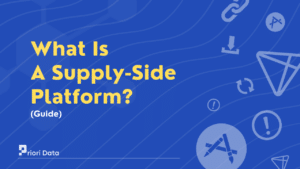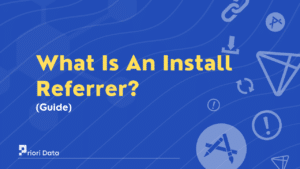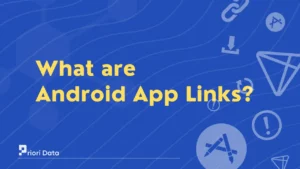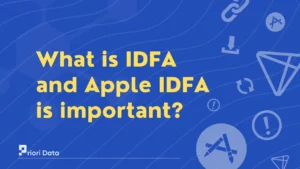Reattribution windows refer to the time period after a user re-engages with an app where their activity is attributed to the specific campaign that triggered re-engagement.
Apps lose a certain percentage of users over time due to churn. To bring users back into the app, marketers run re-engagement and retargeting campaigns towards lapsed users.
When a dormant user does return because of a campaign, it makes sense to attribute their renewed engagement to that campaign for a limited window.
How does the Reattribution window work?
Here is how reattribution windows function in apps:
- User churns – After installing the app, the user stops opening it over time and becomes inactive.
- Retargeting campaign – The user is targeted with an ad or push notification intended to bring them back.
- User re-engages – The user responds and opens the app again. The attribution platform detects they returned after a dormant period.
- Reattribution window starts – A new 7-day reattribution window begins, for example. The user’s activity is tagged to the retargeting campaign.
- Engagement attributed to the campaign – Any purchases, content views, etc. the user performs in the next 7 days are attributed to the retargeting effort.
- Window expires – After the reattribution period ends, the user’s activity returns to algorithmic multi-touch attribution models again.
- Future re-engagement – If the user churns again, the reattribution process can repeat for any new campaign that brings them back again.
The common window lengths
Typical reattribution window lengths range from 1 to 14 days. 7 days is a commonly used duration. The ideal window depends on the app’s user cycle and the campaign objectives:
- 1-3 day window – Better for apps with very short user cycles and aiming to capture immediate re-engagement impact.
- 7-day window – Allows capturing impact on revenue and engagement over a 1-week period, a key app benchmark.
- 14-day window – Can evaluate longer-term re-engagement but risks diluting data.
- 30-day window – Uncommon, but sometimes used to take credit for impact on monthly active users.
Proper reattribution window configuration depends on an app’s typical user engagement patterns. Analyzing historical user retention cohorts and engagement cycles allows marketers to pick ideal window lengths.
Shorter windows are better for precisely isolating the temporary impact of re-engagement campaigns. Attribution should transition back to algorithmic models quickly to avoid misrepresenting organic behavior.
When configured appropriately, reattribution offers powerful insight into the true effectiveness of retention campaigns
F.A.Q
Q1: What is a reattribution window?
A1: A reattribution window refers to the timeframe after a user becomes inactive in an app in which they can be reattributed as an active user upon reopening the app.
Q2: Why is the attribution window important?
A2: Impacts measurement of campaign performance and channel contribution to conversions.
Q3: What is the difference between Conversion window and Attribution window?
A3: A conversion window counts events after an ad click; an attribution window links conversions back to ad clicks.
Q4: What is the best attribution window?
A4: The 7 and 30 days are considered as the best attribution window. However, it varies based on the ad clicks and conversions for each business.






